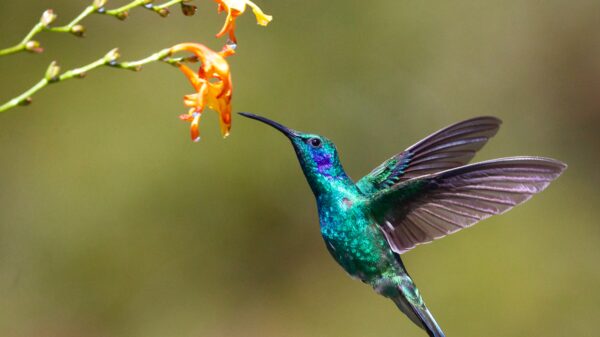
Have you ever wondered what snails do when the sun goes down? Prepare to be amazed as we delve into the fascinating world of snail sleep patterns! These slimy little creatures may seem slow and unassuming, but beneath their seemingly simple shells lies an intricate and mysterious sleep schedule. From napping during the day to being most active at night, snails are truly masters of unconventional slumber. So, grab your magnifying glass and get ready to unlock the secrets behind these nocturnal mollusks’ crazy sleep habits – it’s time to uncover the mystery of how snails catch their Zzz’s!
Introduction to Snail Sleep Schedule
It’s no secret that snails move slowly. But did you know that they also sleep a lot? In fact, snails spend about two-thirds of their lives asleep!
While we don’t know a lot about snail sleep, we do know that they enter a state of torpor, or reduced activity, when they sleep. Their breathing and heart rate slow down and they become less responsive to their surroundings.
Snails usually sleep during the day, when it’s cooler and there’s less light. But they can also enter a state of torpor at night if the temperature drops too low. When it gets too cold for them to function properly, they’ll simply go into hibernation until the weather warms up again.
We don’t know exactly why snails need so much sleep, but it’s likely that it has something to do with their metabolism. Snails are very efficient creatures and they may use sleep as a way to conserve energy.
Whatever the reason, it’s clear that snails take their sleep very seriously! So the next time you see a snail taking a nap, don’t disturb them. They’re just getting some much-needed rest.
The Science Behind Snail Sleep Patterns
Though most creatures conform to a day/night sleep schedule, snails are one of the many animals that don’t seem to follow this natural rule. In fact, these creatures are more like humans when it comes to their sleeping habits, as they often take naps throughout the day and are active at night.
So what’s the science behind snail sleep patterns? It turns out that these creatures are very sensitive to changes in light and dark, which influences when they sleep. For example, if a snail is exposed to more light during the day, they’ll be more likely to stay awake at night. Conversely, if they’re kept in darkness for longer periods of time, they’ll tend to sleep more during the day.
Interestingly, research has shown that snails need just as much sleep as we do! When deprived of sleep, they become sluggish and their movement slows down significantly. This suggests that sleep is just as important for snails as it is for humans – though we still don’t know exactly why.
So there you have it: the mystery of snail sleep patterns revealed! These creatures may not follow our traditional day/night schedule, but they still need plenty of rest.
How Do Snails Sleep?
There are many theories on how snails sleep, but the most popular one is that they enter a state of hibernation. During this state, their metabolism slows down and they become less active. This allows them to conserve energy and stay alive during periods of scarce food. Some scientists believe that snails may even enter a comatose-like state during hibernation, in which they are completely unresponsive to their surroundings.
The Effects of Changing Environments on Snail Sleep Patterns
It is a common misconception that snails are always asleep. In fact, they are quite the opposite! Snails are highly sensitive to their environment and will change their sleep patterns based on changes in their surroundings. For example, if a snail detects a predator, it will immediately go into hiding and enter a state of deep sleep called torpor. Torpor is a survival mechanism that allows the snail to remain hidden and undetected by its predators. If the environment becomes too hot or too cold, the snail will also enter into torpor in order to conserve energy and protect itself from the extreme conditions.

How Do Other Creatures Compare?
Do other creatures have a sleep schedule like snails? The answer is a resounding no! In fact, most other creatures have a very different sleep schedule from snails. For example, birds typically sleep at night and are awake during the day. This is because they are active during the day and need to be able to see to find food and avoid predators. Some animals, like bats, sleep during the day and are active at night. This is because they use echolocation to navigate and find food, and they are less likely to be eaten by predators when it is dark out. There are also some animals that don’t seem to sleep at all! These include dolphins, which must swim constantly to surface for air, and honeybees, which spend their days flying from flower to flower collecting nectar.
Conclusion
Snails may have a strange sleep schedule compared to most other animals, but their behaviors make perfect sense when you look at the evolutionary and environmental factors that shape them. From their need for cool temperatures in order to survive to their tendency toward inactivity during the day, snails’ sleeping habits are anything but random. By understanding more about why these creatures behave as they do, we can gain an appreciation for even the smallest of species and understand how all living things adapt to their environment.







